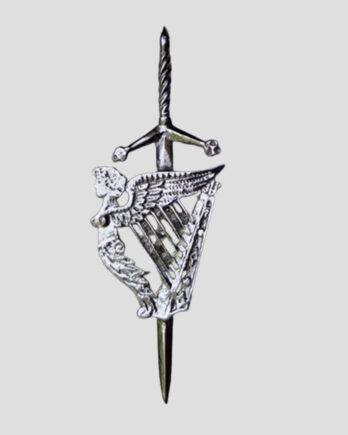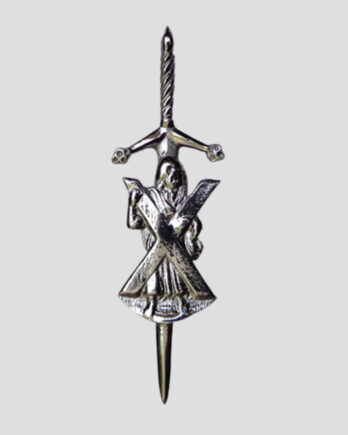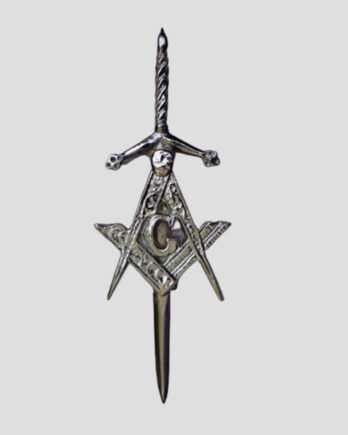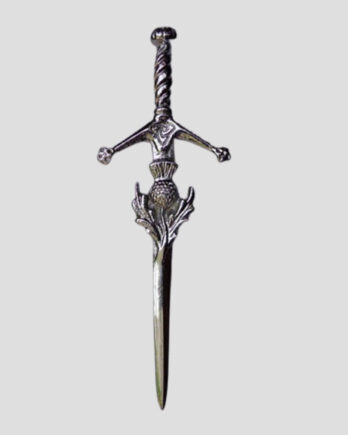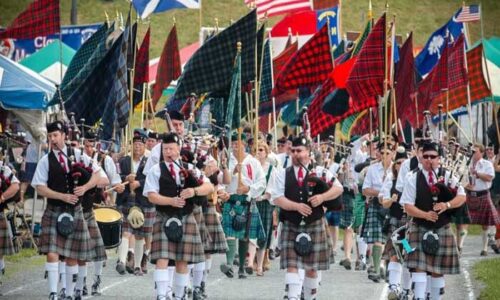You may have seen a prominent kilt-pin when admiring a Scottish traditional kilt. The kilt pin is a unique and functional piece of jewellery that can be worn as a decorative accent or for practical purposes. This article will examine the significance of a Kilt Pin, its history and different uses. What is the exact purpose of a Kilt Pin? Discover the world of this Scottish accessory.
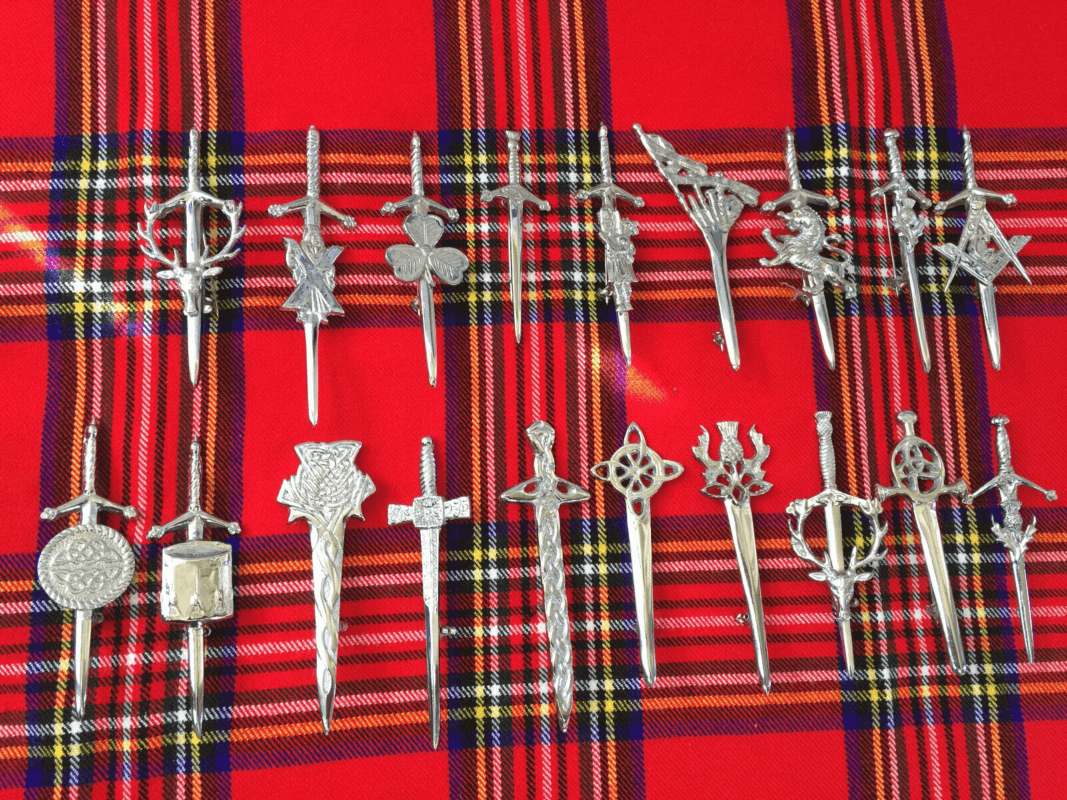
Kilt Pins: Their Origins
It’s important to understand its history in order to fully appreciate the purpose of this kilt. Since centuries, the kilt is a garment that reaches to your knees and is made of tartan. The front apron of kilts was not fastened or secured at first. The lack of a kilt pin created a safety hazard as wind gusts or sudden movements can cause a kilt fly open and expose the wearer. The kilt-pin was created to prevent any mishaps.
The Perfect Accessory for Fashion and Function
A kilt-pin’s primary function is to keep the apron on a kilt from lifting, and maintain modesty. It has evolved to become a fashionable accessory which adds personality and flair to an outfit. Kilt pins are usually placed on the right side of the shirt, at the corner of the outer apron.

Why wear a Kilt pin?
Kilts: How to Secure them
The primary function of a Kilt Pin is to fix the front apron. Attaching the pin on both the layers of the apron as well as the underskirt adds stability and weight, which prevents accidental exposure. It is especially important for outdoor activities and windy weather conditions where the kilt may be susceptible to moving.
Add a decorative touch
The kilt is not only functional, but also decorative. Kilt pins are made from a variety of materials, including silver, pewter or metal, and feature a range of different designs. They often include symbols that represent Scottish heritage such as Celtic knots or clan badges. This pin gives the wearer a personal touch and adds elegance to their attire.
Clan affiliations are displayed
The kilt badge is a great way for those with a Scottish Clan affiliation to show off their clan badge or crest. The kilt is a symbol that clan members use to represent their history. The kilt pin is a great conversation starter that allows wearers to discuss their family history and share information about their heritage.
Expression of Individuality
Many people choose to wear kilts that are unique or reflect their interests, even though clan affiliations can be important. Others prefer modern or minimalist motifs, while some choose intricate patterns. Kilt pins allow wearers to make a statement and express themselves, while still honoring the traditional kilt.
How Do You Properly Attach a kilt Pin To a kilt?
Follow these steps to attach the kilt-pin properly.
- The kiltpin should be placed on the right side of your kilt.
- Attach the pin on both the layers of front apron as well as the underskirt.
- To avoid damaging fabric, make sure that the pins are positioned securely.
- For optimal visibility and functionality, the kiltpin should be positioned slightly above knee height.
- When attaching the pin, make sure that it is aligned straight with the pleats of the kilt.
- Match the color of your kilt pin to other accessories for an overall cohesive look.
- Follow these simple steps to wear your kilt with a stylish and secure kiltpin.
What Materials Are kilt Pins Typically Made From?
Kilt pins are typically made from various materials, offering a wide range of options for wearers to choose from. Common materials used for kilt pins include silver, pewter, brass, stainless steel, and other metals. These metals provide durability and strength while adding a touch of elegance to the accessory. Additionally, some kilt pins may incorporate gemstones, enamel, or other decorative elements to enhance their visual appeal. The choice of material depends on personal preference, style, and budget. Whether you prefer a classic silver kilt pin or a unique design crafted from alternative metals, there is a kilt pin to suit every taste.
How Is a kilt Pin Traditionally Worn?
A kilt pin is traditionally worn on the right-hand side of a kilt, positioned at the outer corner of the apron. It serves to secure the front apron and prevent it from lifting. When wearing a kilt, the pin is attached to both layers of the apron and the underskirt, providing stability and preventing accidental exposure. The size of the pin should be noticeable but not overly large or cumbersome. By following these traditional guidelines, wearers can ensure that their kilt pin fulfills its purpose while adding a touch of Scottish elegance to their attire.
FAQs
What is the proper way to wear a kilt?
Position the pin on the right side of your kilt. Attach it to the front apron as well as the underskirt. Position it securely, but not too tight so as to harm the fabric. The kilt will stay in place and not lift.
you can wear it with any type of Kilt?
The kilt pin can be worn on any type of Kilt. It serves to secure the apron in front and gives it a fashionable touch, regardless of kilt design.
What are the rules and etiquette for kiltpins?
There are no rules that are strict, but there are some general guidelines. It should be placed on the right side of the kilt, just above the knee. The kilt pin should be big enough to be seen, but not too heavy. It is also advisable to coordinate the color of your kilt with the other accessories you wear, like belt buckles and sporran chains.
Can women wear kilt pins?
Absolutely! Kilt pins do not only belong to men. Kilt pins are available for women who wear skirts with kilts. They can be used to add style and secure the garment. Designs can vary to suit different preferences and tastes.
you can wear the kilt on other clothing.
The kilt is often associated with the kilt, but there’s no rule that says it can only be worn on kilts. Kilt pins are often creatively incorporated into coats or jackets to give them a Scottish flair and show their love for Highland culture.
I am not Scottish. Can I still wear the kilt?
Absolutely! Kilt pins have transcended all cultural barriers and are now worn by millions of people around the world, irrespective of heritage. The kilt pin is an expression of respect for Scottish culture and tradition. It also allows people to be connected with the history and pomp associated with Highland clothing.
The conclusion of the article is:
A kilt-pin’s purpose goes beyond the simple function of holding a kilt in place. A kilt pin is an accessory which showcases Scottish culture, gives a personalized touch to outfits, and lets individuals express themselves. Kilt pins are a great accessory to have, whether you’re attending an event or Highland Gathering, or just enjoying the beauty of your kilt.


